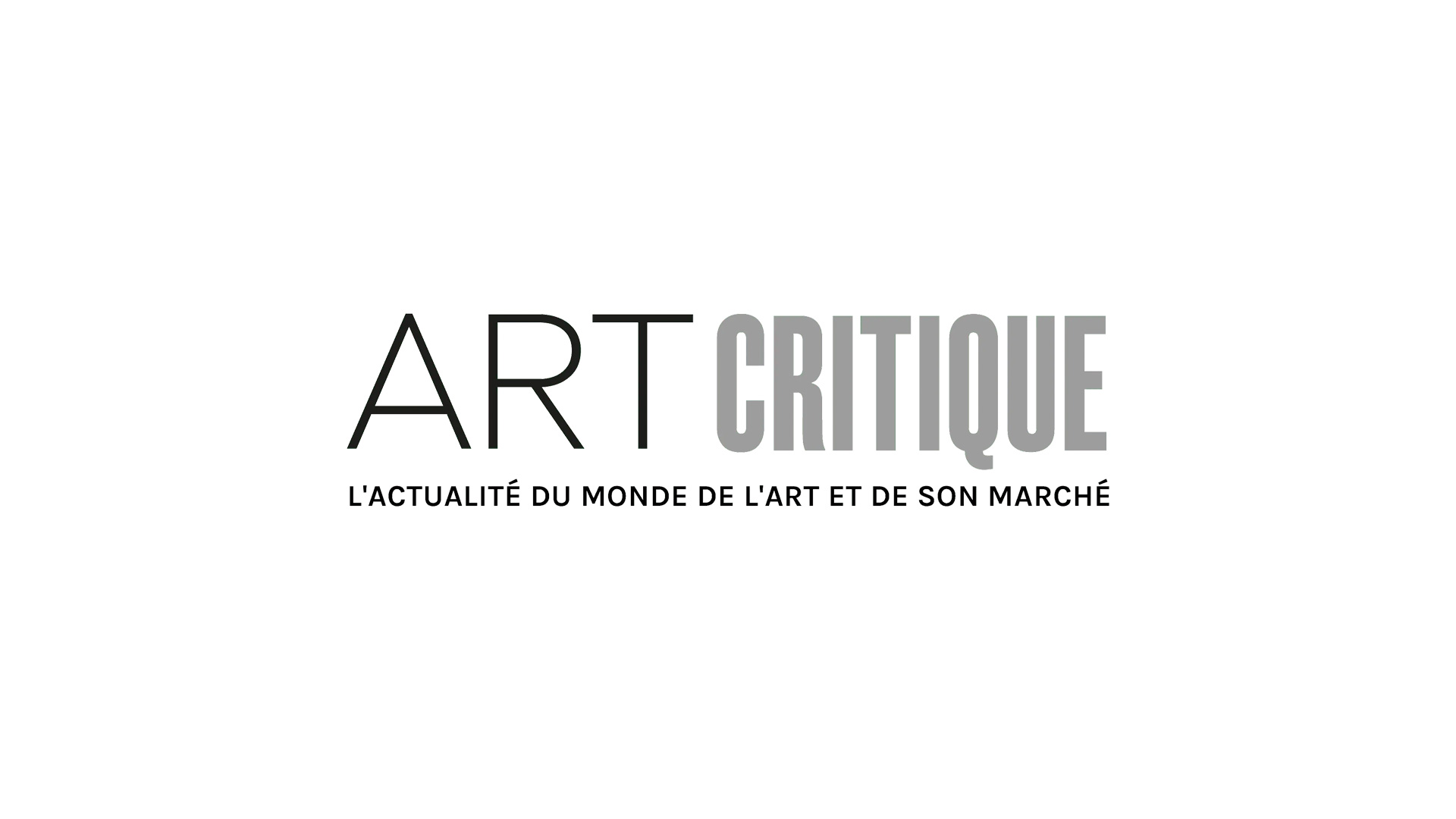Have you ever bought something for your house, brought it home, and realized it just doesn’t quite work? Well, the same can happen with collectors. However, a new extended reality (XR) app called Vortic, developed by Oliver Miro, son of famed art dealer Victoria Miro, seeks to alleviate these issues and do much more for galleries and collectors, worldwide.
Three years in the making, Oliver Miro announced on Tuesday that the app is set to launch next month. What Vortic will do is give galleries the opportunity to show their collections through an XR exhibition. Each exhibition will have two sides: Vortic Collectors (an AR experience reserved for collectors interested in purchasing artworks) and Vortic VR (allowing for anyone with an Oculus VR headset to view the exhibition). Vortic will also allow for collectors to see if an artwork will work in the space they want it for, in a pseudo try-before-you-buy situation while also exposing more people to the artists and artworks they have to offer. The app’s debut in April will be led by a joint exhibition of works from David Zwirner and Victoria Miro galleries.
The timing of the app’s kickoff is nothing short of a “strange coincidence,” said Miro in a statement to Artnet News. “Never in my wildest dreams had I imagined that all of our galleries around the world would be closed.” While Miro’s app could prove to be an essential step for galleries around the world in the coming months, it was born out of a much more normal situation. After shipping a painting by Yayoi Kusama to Hong Kong (after it shipped from Japan to London to New York and back to London, again, and finally to Hong Kong) before the collector found that the artwork wasn’t quite what they wanted. Miro said this experience left him wondering how this kind of process, which is expensive as well as damaging to the environment, could be avoided in the future. Thus, Vortic Curate, the overall Vortic platform, was born.
High-resolution 3D-scanning is used the create a life-like virtual image of the artworks in question. Then, the gallery can choose how they are displayed – either in a virtual replica of the gallery itself or in a unique virtual space. The service will come as a subscription to galleries with one-off scanning costs of £12,000. “It’s really nice to be able to do it at this time,” continued Miro. “Everyone is a little shocked right now so it is good to be able to offer them something they can do from the comfort of their own homes.”
Of course, AR and VR have been edging their way into the art world for a number of years now. From museums hoping to make artwork more accessible and interactive to artists specifically toying with concepts of reality to app developers looking to reach the masses with art, it’s no surprise that AR and VR are here to stay.
However, what might not have been anticipated by many is the role that AR and VR will play in situations like the pandemic we currently face, and those we face in the future. Although the outbreak of COVID-19 will affect millions more than it already has, it could usher in the golden age of AR and VR within the art world.





